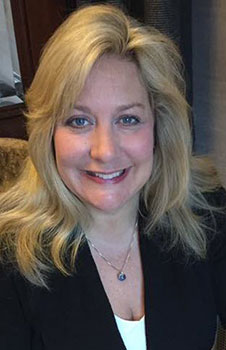This blog is a little different from my past ones. I was invited to participate in the “Streamlining Assurance Processes Workshop” (which internally we called the “Meta Objectives working group”). The idea behind this was to provide an “alternative means of compliance” to DO-254, DO-178C, and ARP 4754A, such that at all levels of development, any team on any project at any level of design could demonstrate compliance to a consistent set of development assurance objectives. (Of course, the activities associated with meeting those objectives would vary depending on the program and level of design).
After three meetings, several web meetings, online commenting and much heated discussion, the committee came up with three Overarching Properties that should be met at any/all levels of design. Each Overarching Property contains the following:
- statement capturing the property
- definition
- pre-requisites
- constraints
- assumptions.
That’s about all I can say about it in this forum as its being officially rolled out at the upcoming FAA Streamlining Assurance Workshop (being held September 13 -15, 2016).

Tammy Reeve has been involved in the certification of hardware (DO-254), software (DO-178C), and systems (ARP 4754A and related) for nearly 20 years.
Tammy Reeve
DER/Founder
Patmos Engineering Services, Inc.
NOTE: See below for notes from this event, which were added after this blog was first published.
If you’d like help understanding more about how to adopt streamlining processes in your program, Patmos Engineering Services offers custom consulting to assist you with your program. We can provide a package of training, guidance and/or auditing that can assist you at every step of your program.
FAA Streamlining Assurance Processes Workshop
What follows is a recap of what was presented to introduce this topic at this workshop. For further information, please contact the author himself or the FAA.
Streamlining Framework
Peter Skaves, Chief Scientist AEH, Security FAA
Peter covered a variety of topics at a high level, foreshadowing the contents of the conference. He mentioned that “streamlining” has been a goal and theme for 20-25 years, but has a newfound focus. The FAA, working with other authorities, is trying to 1) Reduce duplicate approvals across the authorities, 2) Reduce number of audits and stages of involvement, 3) Allow meeting of “Meta Objectives” (uniting objectives for 178C, 254 and ARP 4754A), 4) Use a risk-based approach when creating new policy for SW/HW/Systems.
In terms of the “risk-based” approach, this means doing things that prevent accidents – identifying areas where there have been systematic design escapes and focusing there (potentially relaxing other areas). So they are trying to use this rationale when modifying documents and guidance material. For example, up until five years ago, the focus was on software and hardware, with little policy at the system level. There were escapes in software and hardware, but these sorts of problems would have showed themselves earlier in the systems development process. Thus the need and invocation of ARP 4754A.
He discussed different aircraft types, with potentially different criteria for each type.
One of the more interesting things he discussed was the notion of new “00” advisory circulars. These will be published to provide examples and what was previously considered “prescriptive” guidance. (These were referred to later frequently, as an example of where some info currently in Order 8110.105 may move).
He mentioned streamlining SOI audits for software (which was covered in a later session in more detail).
He also talked about two types of focus for AEH: Programmable (custom microcoded components) and COTS. He talked about the questions and challenges surrounding COTS and how/where to address these concerns.
He then spent time talking about the effort to harmonize with EASA on AC 20-152(A), which has been in the works for a while, while getting rid of Issue Papers and Orders and putting content in ACs where they belong.
